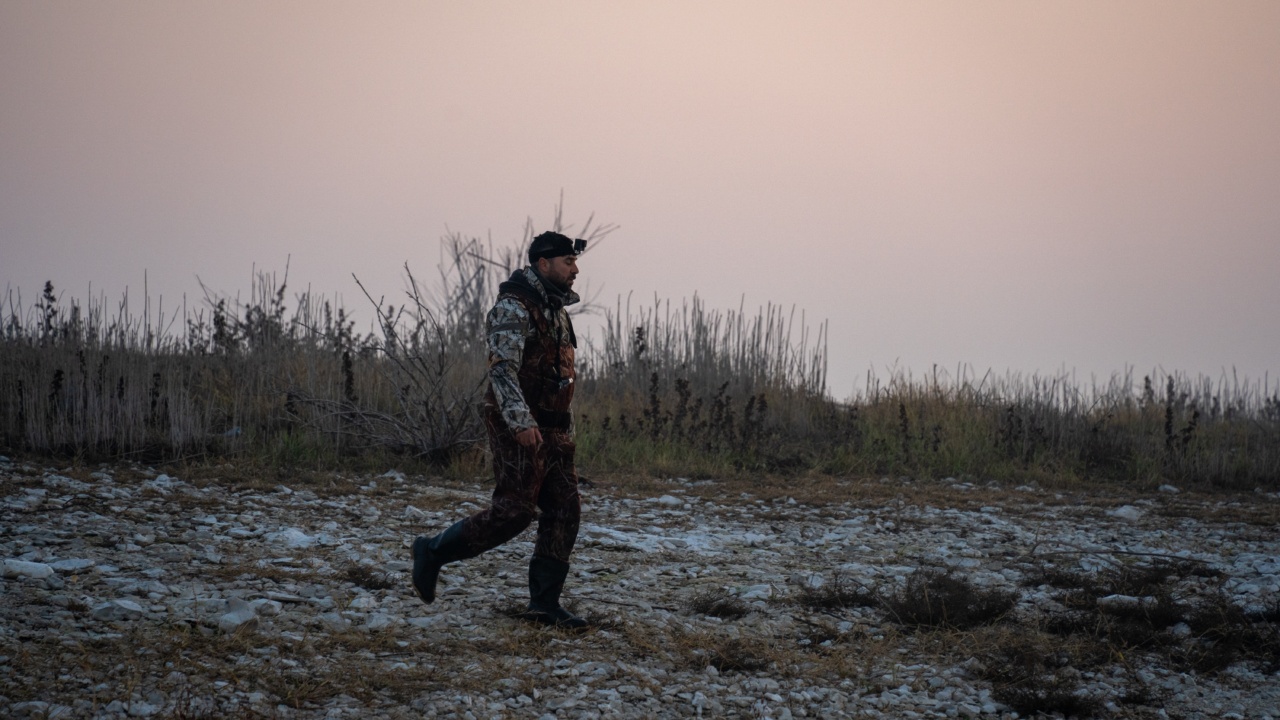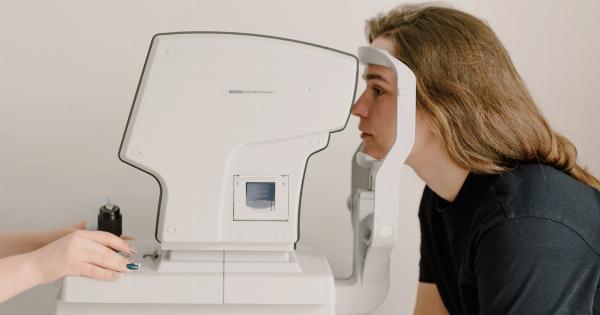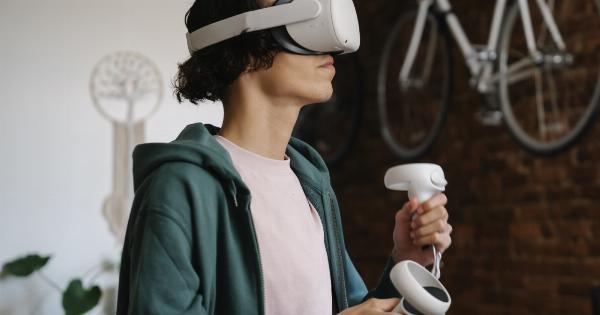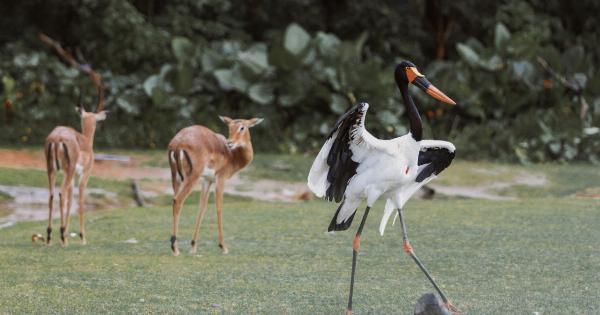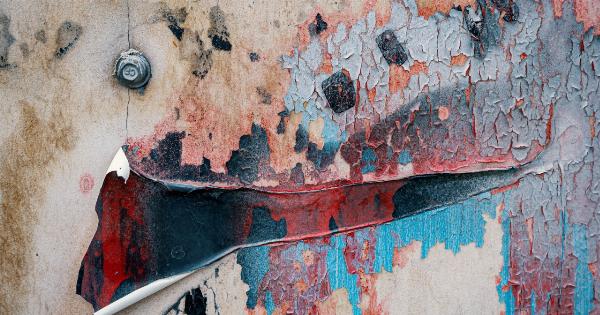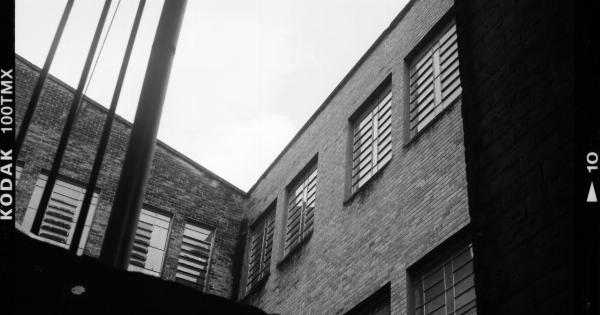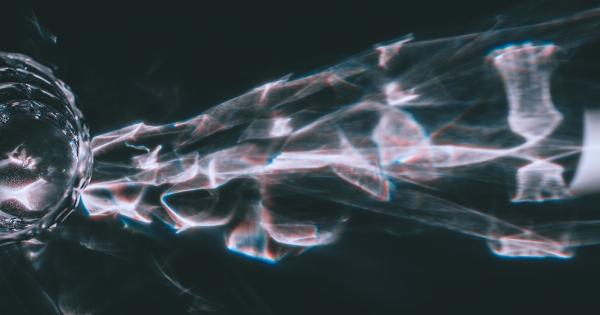Perception is the process of interpreting and organizing sensory information in order to understand our environment and make decisions.
It is a complex and dynamic process that involves both bottom-up processing, where sensory information is processed as it enters the system, and top-down processing, where higher-level cognitive processes influence how we interpret that information. One fascinating aspect of perception is our ability to spot camouflaged objects or animals in our environment.
What is Camouflage?
Camouflage is a technique used by animals and military personnel to blend into their surroundings and avoid detection. Animals use camouflage for both defensive and aggressive purposes, to avoid predators or to sneak up on prey.
Military personnel use camouflage to avoid detection on the battlefield.
Camouflage works by using visual cues in the environment to match the color, pattern, and texture of the surroundings. For example, a leaf-mimicking insect may have a body that looks like a leaf, with veins and bumps that match those of a real leaf.
A military uniform may have a pattern that blends in with the trees and foliage in a particular environment.
How Does Perception Work?
Perception involves several different processes that work together to create our experience of the world. First, sensory information is received by our sense organs, such as the eyes and ears.
This information is then processed by specialized cells in the brain, which respond to specific features of the environment, such as contrast or movement.
Next, the brain begins to organize this raw sensory information into meaningful patterns. This is where our prior experiences and expectations come into play.
For example, if we see a green, leafy plant, we may automatically assume that it’s a tree, even if we can’t see the trunk or branches.
Finally, the brain creates a conscious perception of the sensory information, which we experience as our subjective reality.
This reality is not a perfect representation of the external world, but rather a construction that is influenced by context, attention, and memory.
Spotting Camouflaged Objects
Spotting camouflaged objects can be a difficult task, as our brain is often fooled by the visual cues presented by the environment. However, there are several strategies that can help us improve our ability to spot camouflaged objects:.
Look for changes in texture and pattern
Camouflaged objects often try to match the texture and pattern of the environment, but they can rarely match it perfectly.
Look for areas where the texture or pattern seems to change unexpectedly, which may indicate the presence of a camouflaged object.
Look for movement
Camouflaged objects may blend in perfectly with their environment when they’re still, but any movement is likely to give them away.
Look for any subtle movements, such as the twitch of a tail or the flutter of leaves, that may indicate the presence of a camouflaged object.
Use peripheral vision
The visual system is better at detecting movement in the periphery than in the center of the visual field. Try scanning the environment with your peripheral vision, and see if anything catches your eye.
Use a photo editor
If you’re having trouble spotting a camouflaged object, you can try using a photo editor to adjust the contrast and brightness of the image. This may reveal hidden details that are difficult to see with the naked eye.
Conclusion
Perception is a fascinating aspect of human and animal behavior, and our ability to spot camouflaged objects is a testament to the complexity and dynamism of the process.
By understanding how perception works, and by using specific strategies to improve our ability to spot camouflaged objects, we can better navigate and understand our environment.
